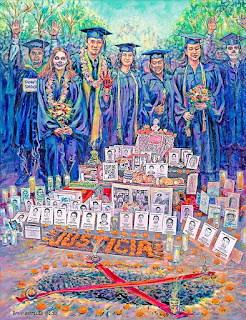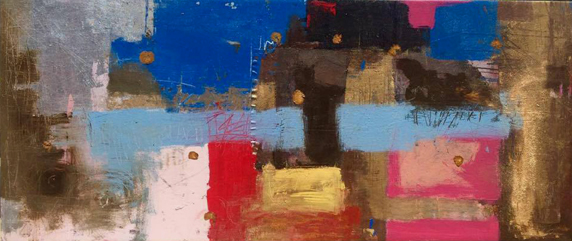El Art Pocho: East LA’s Clement Hanami

Clement Hanami, Goonsquad Garage , 2016 By Pancho Lipschitz What happens when a Japanese American kid grows up in East L.A. in the ’70s? It sounds like the set-up for sit com on the El Rey network but it’s really the story of Clement Hanami’s life. We sat down for beers in Little Tokyo to talk about his journey from East L.A. to UCLA, coming home again to design the art for the East L.A. Civic Center Metro station and how he learned about the true meaning of art by being a roadie for Los Illegals. PL: Did you always think of yourself as an artist? CH: My father was a photographer and my mother was a seamstress but they both dabbled in artistic things. My dad was a poet on the weekends. He would do this thing called senryu. It’s like a haiku but haiku deals with nature and senryu deals with ironies in life. Like a Seinfeld episode. My mother used to paint. So I grew up in a house that was very creative. Do you remember when you started to take art seriously? Growing up Asia...



